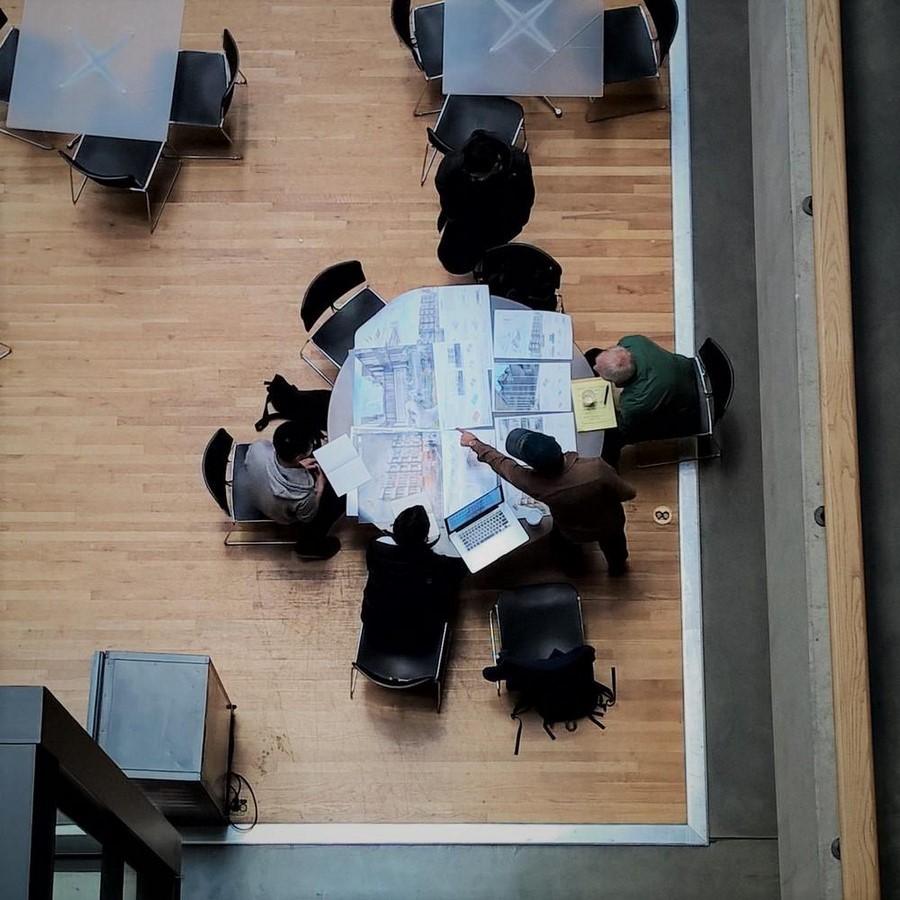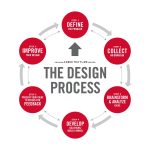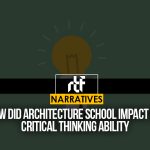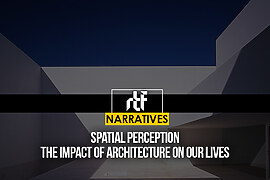Architecture is a complex discipline. It goes beyond the explicit to understand even what is apparent in existence. It investigates the idea of a space in terms of positive and negative spaces and their uses. An architect distinguishes between a specific space and a place. A place echoes with a sense of belonging that one has towards it. For instance, the difference between a house and a home. The design process involves such attributes that are discrete and may also be contrasting in some cases. It is the informed simplicity and the complexity that plays a crucial role in the designing of systems. There is a certain sense of place that one gets upon entering a physical space, often in correlation to the scale of the building and the human. The overall perception of that space could be easily influenced by factors like colors, surrounding landscape, etc. which may have distinct effects on individuals.
An architect is considered to be a jack of all trades. One who creates an experience for a human through the design of built and unbuilt. It requires a multi-disciplinary approach in which several elements come into play. Essentially, it encompasses the structure of the building, aesthetics and most importantly what the client desires to be taken care of.
Before I joined an architecture school in India, I used to imagine architecture as a straightforward combination of science and art. But at the same time, I didn’t know what to expect of my journey over the five years. The course began with defining a dot, moving up the ladder to a line and finally a plane or a surface. To me, the attributes of a line were always restricted to its length. However, the definition of drawing a line changed as even a line was characterized by line weights and different line types. If used wrongly, it could be misleading in the presentation of a particular design.

“Why do architects and scholars in the design field call it an ‘architecture school’?”, I used to ask. “Improve your handwriting!” changed to “Improve your lettering!”. Stemming from the very basics, I started to define everyday things in a new manner. Following that, as I happened to see things around me differently, I understood what it meant to have a designer’s vision. The development of a holistic approach to design helped in getting to know human psychology. At times, extensive briefs would put me into such complicated situations where I’d have to spend days doing background research, learning how to deliver. Getting a decent idea at a conceptual stage might not mean that the design could be built on it. It might even become something I would have to throw away and start afresh. It has taught me to explore things rather than being satisfied too early. Even after finalizing, there is a profound process of constructive criticism that follows. It is during the juries where a sequence of panelists critique the design. Only initially did I have a fear in my mind while presenting but, gradually it became a part of the cycle where I got a review which helped me do better later. It’s a struggle. The one which doesn’t let me stop at the good but makes me fight and achieve the better in life.
Design is multidisciplinary. It requires an approach that is not only in the third dimension but also, explores the fourth dimension. It starts with simple tasks that involve designing a staircase and the placement of a window. The design process has to have an integrated outlook where an architect makes himself a part of the journey on the day when a nervous bride would come down that flight of steps or the frame of that window would capture a view of a perfect sunset. For keeping so many things in mind, there is a skill of anticipating incidences that an architect desires to possess from right when he is a student. A productive but tedious process of keeping the stakeholders in the design process guides a student to carry out larger projects later. It helps to visualize the human interface with the physical environment while maintaining harmony with the surroundings.

Something that can be picked up only in an architecture school is that the key to making progress in this domain develops from mastering the art of multitasking. Architecture school prepares us to fall in love with the process of building up ideas while not falling in love with each one of those. As we grasp each entity in architecture; we begin with the study of the history and evolution of architecture, and then go further, adapting to the future of technology-based architecture. At first, we lay the foundation by improving our drawing skills. Also, the enhancement of software skills aids us in strengthening our knowledge. Yet somewhere in our 5-year journey, we learn to find a balance between architecture and technology. There is a myriad of soft skills and hard skills that I have acquired throughout my experience of being an architecture student.















